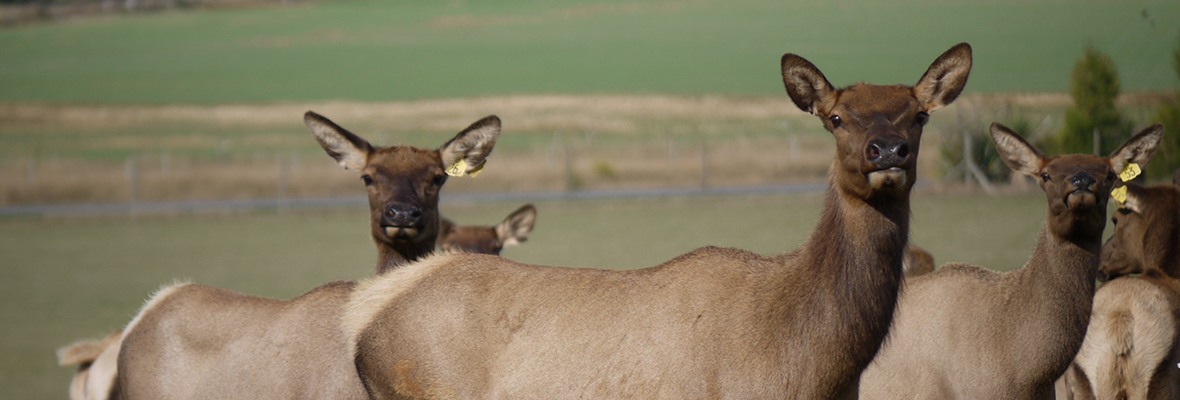Contrary to that in the North Island, the Central Otago sunshine has been relentless since the new year. Driving around you can see the effect this is having on feed quality throughout the countryside. For hinds coming up to the rut, this may be particularly problematic.
Mating will be a tough time, especially for hinds who are feeling the pinch when it comes to feed quality and quantity. Winter feed availability may also be impacted by the severe flooding up north. As a result, knowing which animals to keep and which to cull is going to have increased importance heading into winter.
Reproductive success can be easily quantified by ultrasound scanning your hinds. The benefits of doing this are numerous and are compounded in a season of tight feed and poorer feed quality.
Benefits of hind scanning include:
- Informed decisions around culling – a hind may consume up to 200kg of dry matter over a 90-day period, so getting rid of the dry hinds early is a big cost saver when it comes to feed. Culled animals can also provide a great opportunity to monitor trace element status through livers being tested at the works, and this gives you valuable knowledge for monitoring your herd’s performance.
- Animals going for sale can be confirmed as pregnant – having any sale animals scanned as pregnant and dated gives vital information to the purchaser and makes them a more desirable buy.
- Measure success of AI programmes – aged scanning will allow you to quantify the success of any AI programmes which you have invested in. Scanning is ideally carried out 35-80 days after the stag has been removed. Some farms will do an early and a late scan to separate those which held to the AI as soon as possible, while others choose to do only one scan.
- Identifying early and late fawning mobs and managing these separately – early conception is a heritable trait. Focusing on keeping replacements from your early fawning mobs will improve reproductive efficiency of the herd. Separating mobs will also make management easier at fawning time, meaning less chance of mismothering and the ability to move animals with more ease.
- Feeding around fawning time – separate fawning groups allow for a more tailored diet in the mobs. Well fed, good body-conditioned hinds should have improved mammary development and thus milk quality/quantity leading to better weaning weights and productivity of offspring.
- Management decisions for subsequent seasons – scanning results will reflect herd performance. Quantifying this allows us to make informed management decisions to help improve productivity in future seasons, e.g. trace element supplementation, stag numbers, feed management.
Scanning hinds is normally a quick job in a well-setup shed and can give us vital data around the performance of your herd. Should you wish to discuss this as an option, please do not hesitate to contact your primary veterinarian.
